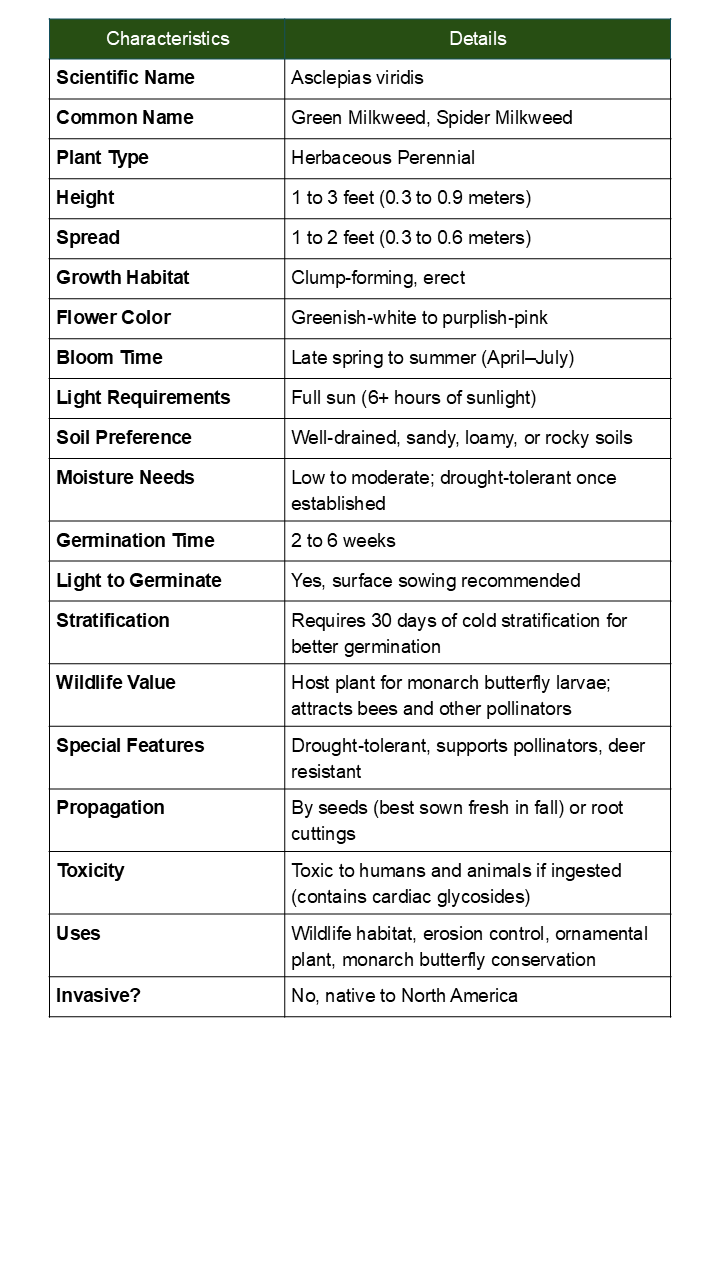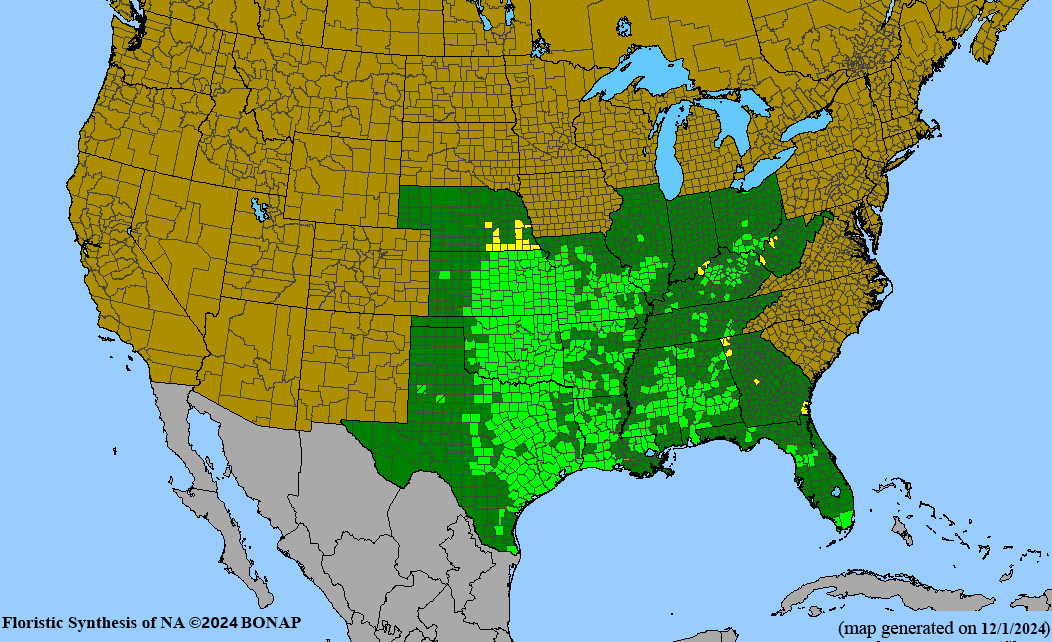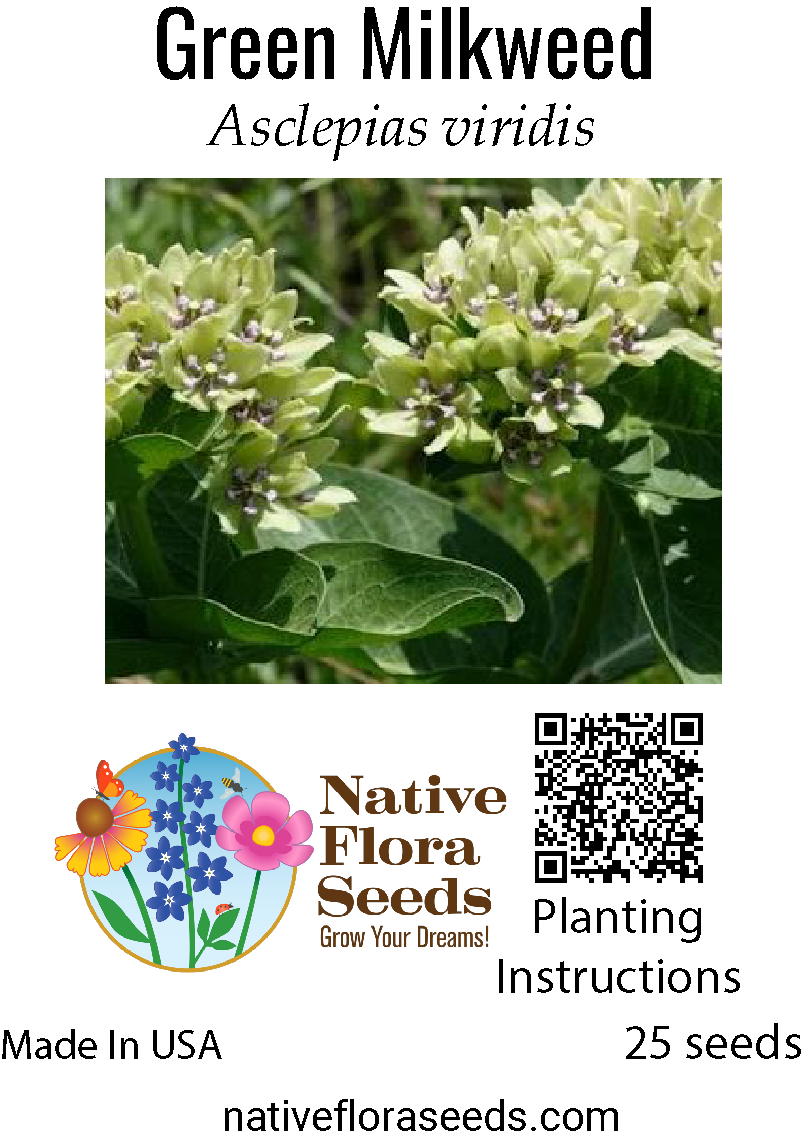Green Milkweed Seeds - Premium Asclepias viridis for Monarch Butterfly Gardens
Regular price$4.00
/
Tax included.
Essential Monarch Butterfly Host Plant - Green Milkweed
Green Milkweed (Asclepias viridis) is a crucial native wildflower and the primary food source for Monarch butterflies across the Central and Southeastern United States. These premium seeds will help you create a thriving pollinator sanctuary while supporting the Monarch migration.
🦋 Butterfly & Pollinator Benefits:
- Monarch Essential: Primary host plant for Monarch caterpillars, especially vital in Texas
- Multi-Species Support: Host plant for Soldier and Queen butterfly caterpillars
- Nectar Rich: Attracts numerous butterflies, bees, and beneficial pollinators
- Migration Support: Critical for Monarch butterfly conservation efforts
🌱 Plant Characteristics:
- Height: 1-2 feet tall and wide
- Bloom Time: Late spring through summer
- Flowers: Unique green and white clustered blooms
- Light: Full sun to partial shade
- Soil: Well-draining, drought tolerant once established
- Zones: 6-10 (thrives in hot climates)
🎯 Perfect For:
- Monarch butterfly gardens
- Native pollinator habitats
- Xeriscaping and drought-tolerant landscapes
- Prairie and wildflower meadows
- Educational butterfly gardens
- Conservation plantings
Growing Tips: Green Milkweed prefers sandy or rocky soils and is extremely drought tolerant. Seeds benefit from cold stratification for best germination rates.
Each packet contains fresh, viable seeds with detailed planting instructions. Sustainably sourced from native populations to support authentic regional genetics.
FREE SHIPPING WITHIN USA



